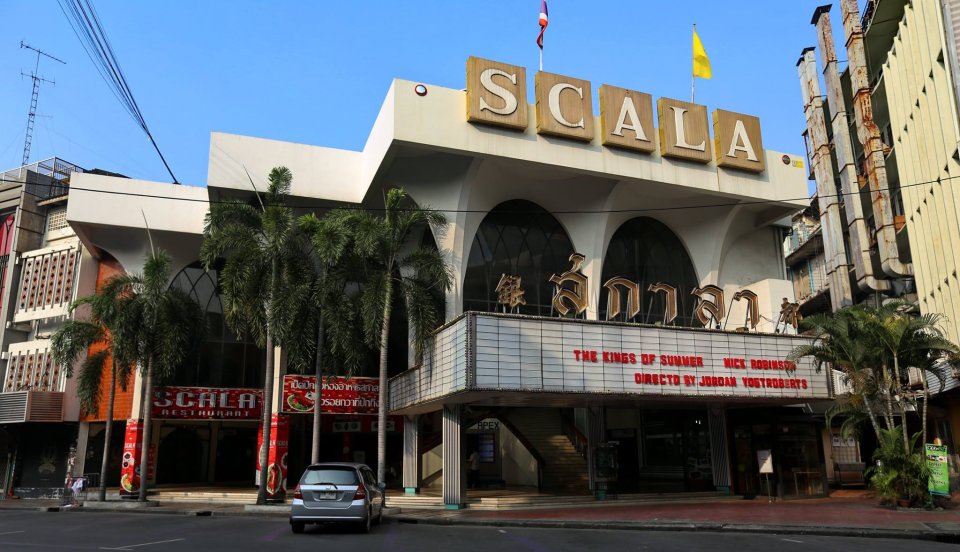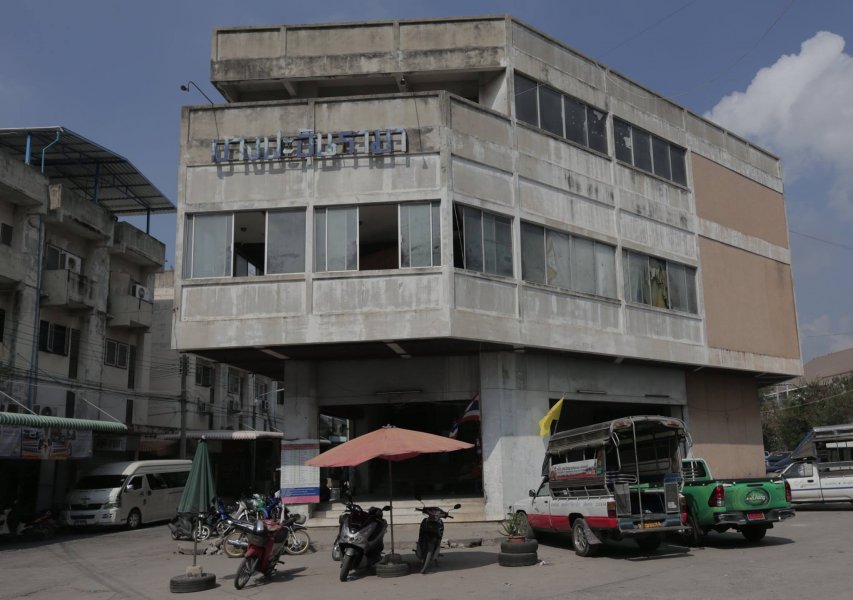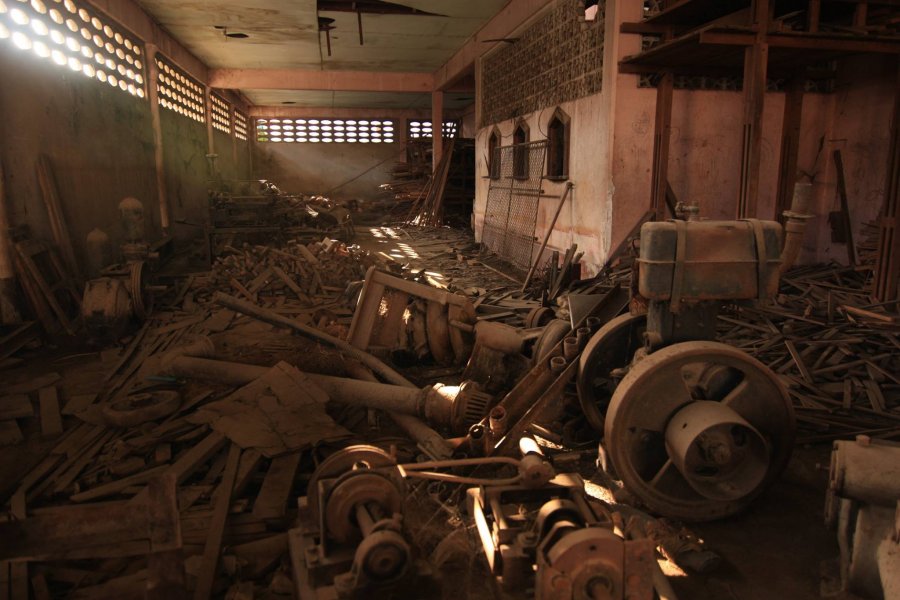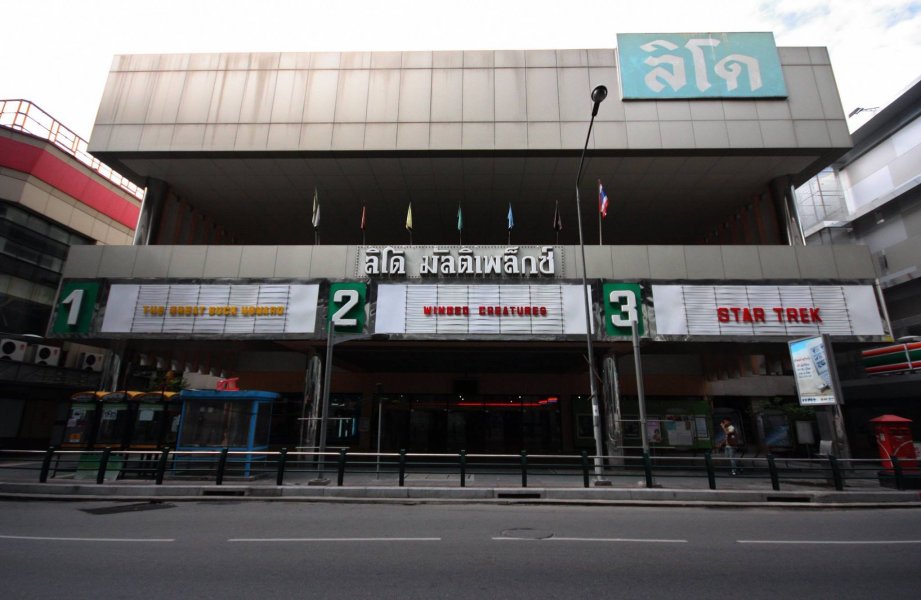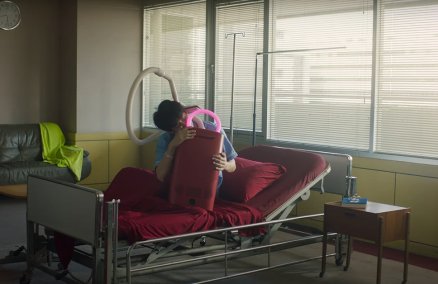Why are cinemas like Scala and Lido so important?
Thailand’s culture is so rich, and that extends to the country’s standalone cinemas. But many people—and the government—seem ignorant to this priceless culture. Standalone cinemas are historical both in terms of architecture and social context. Siam Square was just another neighborhood until Scala and Lido were built. These two cinemas have played a significant role in building up this city, so we need to respect them and try to preserve them. Once they’re gone, they’re gone forever.
What makes these older standalone cinemas different to new ones?
Don’t get me started on this! The difference is that cinemas in malls only serve a commercial purpose, while standalone ones exert a real influence on society. Nowadays, a cinema is just another amenity that a mall offers its customers in case they want a break from shopping. On the other hand, people go to standalone cinemas because they literally want to watch a film. These cinemas used to be an indicator of the urbanization of a town. Cinemas used to open doors for other forms of business. People would follow what the cinemas had to show. Now cinemas chase their audience.
Scala, Bangkok. Credit: Philip Jablon/Southeast Asia Movie Theater Project
What are the main reasons for the decline of standalone cinemas worldwide?
Capitalism, consumerism and, of course, Hollywood. Nowadays urbanization serves an economic purpose, rather than the needs of people. The dynamic of cinema-goers has changed, too. Malls have more money than standalone cinemas. It’s a problem that in Southeast Asian countries showing Hollywood’s mainstream-oriented films is seen as a sign of development. That upsets me a lot. It’s like you’re turning your back on your own rich culture to worship something artificial.
How did Southeast Asia Movie Theater Project start?
The idea came to me accidentally in 2009 when I was working on my master’s degree in Sustainable Development at Chiang Mai University. I had been trying to find the right thesis topic, then I came across a standalone cinema near the heart of the city with the name “Tippanetr Rama” across the facade. It was still in business back then. I kept thinking about visiting it, but then it was demolished before I had the chance. I was sad but there was nothing I could about it. A similar thing had happened in my hometown of Philadelphia. One day the standalone cinema I, and many other generations, had grown up with was just torn down. I felt like part of my life had been deleted. It was more than a cinema; it had built up its own community and culture.
What’s the latest on the reopening of Sala Chalerm Thani Theatre?
It’s still in process, I think. I wrote an article for the Bangkok Post in which I advocated for the restoration of the theater, then the Film Archive lobbied to the Crown Property Bureau [CPB] and hired me to photograph all the remaining theaters in Thailand. The CPB said yes, but we never really heard anything after that. I do hope that the government will reopen in it time for the theater’s 100th anniversary in December. It will be great for the Nang Loerng community as it’s possibly the oldest theater in Bangkok. I have featured its photos in my book that’s planned to be published soon.
Tell us more about your book.
It’s a photo book featured 250 photos of standalone cinemas in Southeast Asia. These are accompanied by factsheets and essays. It’ll come out this December—just in time for Christmas! I hope it will open people’s eyes to the significance of those standalone cinemas that are still with us and encourage people to do something to ensure they’re conserved. These theaters need audiences to stay in business.
See below for some of Thailand's cinemas past and present:
Bang Pa-In Rama, Bangkok. Credit: Philip Jablon/Southeast Asia Movie Theater Project
Sri Nakorn Cinema, Lampang. Credit: Philip Jablon/Southeast Asia Movie Theater Project
Lido Multiplex, Bangkok. Credit: Philip Jablon/Southeast Asia Movie Theater Project










